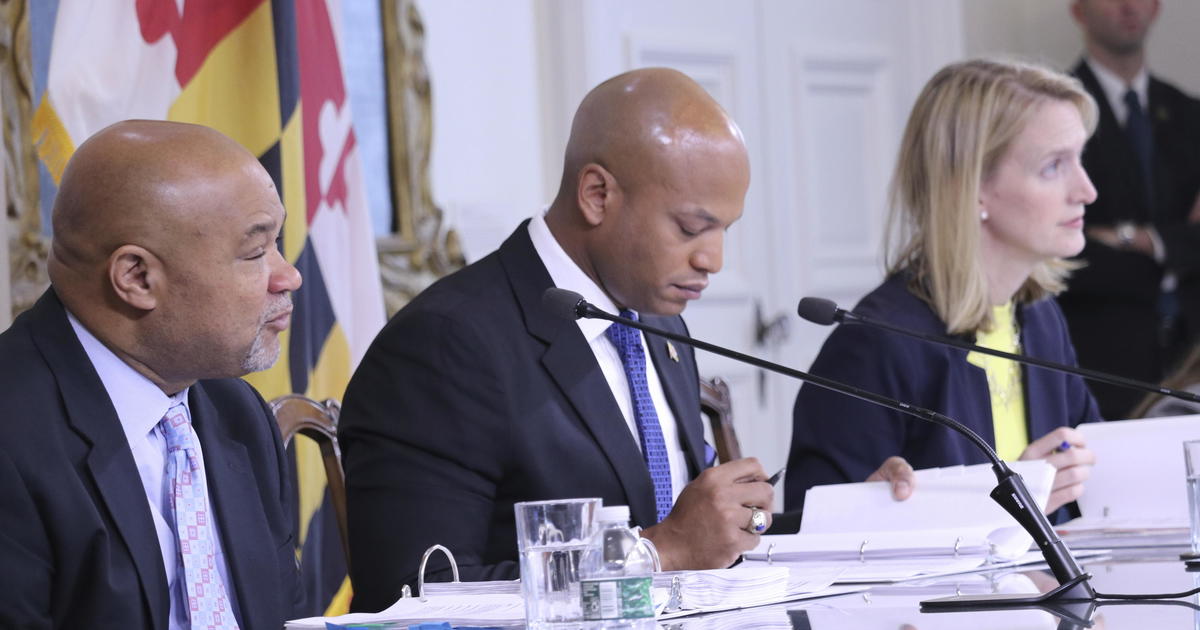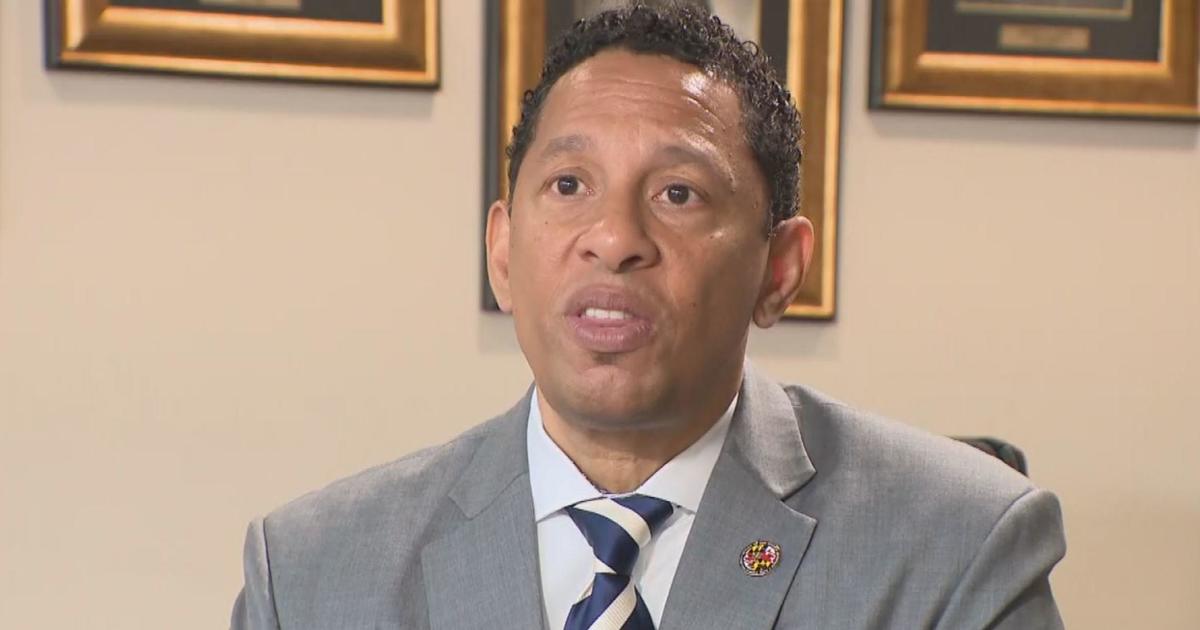What Eye Conditions You Should Be Screening For In Children
During a child's first years of life, the brain cells that control vision grow rapidly. Vision develops normally if both eyes can focus light sharply onto the retina, producing a clear image. If the image is blurred for any reason, the brain "shuts off" the vision coming from the blurred eye and continues developing normal vision in the eye with clearer vision. But both eyes need good vision for depth perception and normal peripheral vision.
At the Krieger Eye Institute, board-certified pediatric ophthalmologist Michael Altman, M.D., addresses both typical and rare childhood ocular and visual problems. Often, these conditions can be corrected if detected and treated aggressively during the early years.
Amblyopia
Amblyopia or "lazy eye" means that vision is reduced in one or both eyes because the eyes did not develop normal sight. Affecting about 3 percent of children, amblyopia's causes include misaligned or crossed eyes, unequal focus in the eyes so that one eye is more near-sighted, far-sighted or astigmatic than the other, or cloudiness in eye tissues from an eye disease such as cataracts.
To correct amblyopia, the child must use the weaker eye. The first step is to patch the stronger, preferred eye, for weeks or months. Glasses may be prescribed to correct imbalances in focusing. Another option is special drops or lenses that encourage the child to use the amblyopic eye. Of note, treatment must continue strengthening the weaker eye even when the underlying cause is eliminated.
Strabismus
Strabismus is misalignment of the eyes. It may lead to amblyopia, loss of depth perception and appearance problems. There are several types of strabismus; turning in or turning out of the eye; or vertical offset of the eyes.
To correct strabismus, which affects about 2 percent of children, patching or muscle surgery is performed to realign the eye muscle. Eyes must be well aligned to enable the child to use both eyes together as a team, for depth perception, as well as for a full complement of side or peripheral vision.
Other Disorders
Sinai is one of only two places in Maryland that offers optic nerve sheath fenestration. The procedure creates a "window" in the optic nerve's sheath, allowing excess fluid coating the brain and spinal cord to drip out thereby easing pressure around the brain for children with brain anomalies, tumors or other neuro-ophthalmic conditions.
Early screening and testing
In concert with the American Academy of Ophthalmology and the American Association for Pediatric Ophthalmology and Strabismus, Altman recommends that children have a full vision screening shortly after birth, between six months and one year, between ages 3 and 3 ½ and routinely thereafter by a trained eye care physician.
For information about pediatric ophthalmology at the Krieger Institute, call 410-601-2020.



